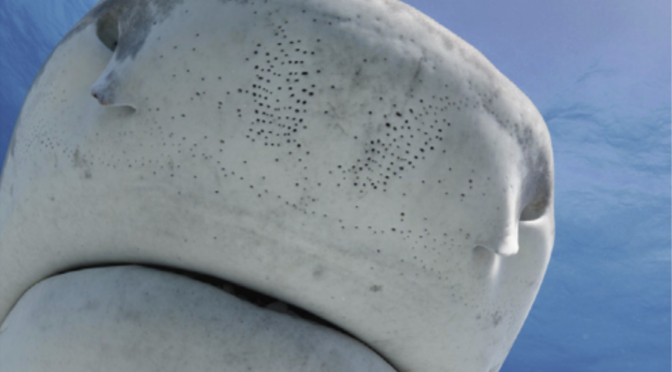Our new work in collaboration with Chris Amemiya’s lab at UC Merced demonstrates the presence of Chitin in an unexpected place – the electro sensory organs of cartilaginous fishes.
Molly Phillips, W. Joyce Tang, Matthew Robinson, Daniel Ocampo Daza, Khan Hassan, Valerie Leppert, Linda S. Hirst, Chris T. Amemiya,
“Evidence of chitin in the ampullae of Lorenzini of chondrichthyan fishes”, Current Biology, Volume 30, Issue 20, 2020, Pages R1254-R1255,
https://doi.org/10.1016/j.cub.2020.08.014.
Read a news article here
Abstract,We previously reported that the polysaccharide chitin, a key component of arthropod exoskeletons and fungal cell walls, is endogenously produced by fishes and amphibians in spite of the widely held view that it was not synthesized by vertebrates [1]. Genes encoding chitin synthase enzymes were found in the genomes of a number of fishes and amphibians and shown to be correspondingly expressed at the sites where chitin was localized [1,2]. In this report, we present evidence suggesting that chitin is prevalent within the specialized electrosensory organs of cartilaginous fishes (Chondrichthyes). These organs, the Ampullae of Lorenzini (AoL), are widely distributed and comprise a series of gel-filled canals emanating from pores in the skin ( Figure 1A). The canals extend into bulbous structures called alveoli that contain sensory cells capable of detecting subtle changes in electric fields ( Figure 1B) [3,4]. The findings described here extend the number of vertebrate taxa where endogenous chitin production has been detected and raise questions regarding chitin’s potential function in chondrichthyan fishes and other aquatic vertebrates.

